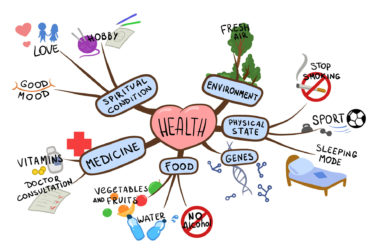A survey of more than 500 Treato.com users found that consumers are rarely motivated to take action after seeing an advertisement for a drug on TV, yet pharma companies are on track to allocate a lot of money to TV in 2016. What we have here is a failure to communicate.
According to an eBook entitled Pharma 3D, “1 in 20 searches on Google are for health-related information. Digital engagement is now a fundamental part of how patients, caregivers, physicians, pharmacists, and others live their lives and there are multiple opportunities for pharma that require organizational shifts.” Organizational shifts is the key phrase here.
First, let’s make clear that consumerism is making deep roots in healthcare. Today’s patients are questioning everything from treatment options to choosing physicians that are more responsive to their needs. The line between awareness and actually filling a prescription is getting longer with more barriers. Pharma DTC marketers can address these barriers via a multi-touch point brand marketing plan that helps inform and educate patients rather than “selling them.”
DTC’s Clear Opportunity
Decision Resources Group reports, via Pharma 3D, “In 2015, 43% of patients searched for medical information before seeing a doctor, and 72% of patients with preexisting conditions (such as cancer, heart disease, or diabetes) searched when first experiencing symptoms to understand what condition they might have. They also report that 60% of patients with preexisting conditions like to validate a doctor’s opinion with their own online research.” This data is significant because it identifies a clear opportunity for DTC marketers, but first we have to educate the organization and ensure that processes are built around patients, not what we “can” and “can’t do.”
Digital marketing has always been the black hole for most DTC marketers. They will spend heavily on things like paid search even though research confirms that when it comes to health information, online health users prefer organic search. Product websites are often developed as an afterthought with a process that fails to take into account user needs and wants. A great example is Biogen’s “AboveMS” website, which at first looks like a great idea to help the MS community. However, an analysis using online tools indicates a bounce rate of almost 50% and only 2.2 average page views. In other words, this site is not meeting the needs of the audience.
Spending more money on age-old tactics, like TV, is not going to improve DTC marketing. Agencies need to push hard and challenge DTC marketers to invest more money in channels that align with brand and patient needs. Managers should be educating executives on how today’s patients are choosing treatments and challenge dated processes that slow down and constrain digital marketing. Online analytics, within pharma, has to go well beyond numbers and tell a story that will get others excited about potential opportunities. Finally, accept the fact that while TV drives awareness, the web drives conversion.






